New Zealand pounamu, or greenstone, reveals a breathtaking range of colours, patterns, and textures. Each of the pounamu types hold their own unique story, born from the land and shaped by cultural traditions. While stones often display the hallmarks of a specific type – such as the vibrant green of Kahurangi or the cloudy depths of Inanga – you might find a single slice or carving encompasses multiple varieties. Some pounamu might even defy strict categorization, a testament to the endless variations found within nature’s artistry. As you explore, remember that even within a single type there’s a spectrum of appearances, making every piece of pounamu a truly unique treasure.
Kawakawa
Kawakawa pounamu embodies the rich, verdant spirit of New Zealand’s native forests. This classic variety of greenstone is named for the vibrant leaves of the Kawakawa tree, and its deep, forest green hues often feature intriguing darker swirls and inclusions. Kawakawa pounamu is a timeless favorite, its earthy beauty resonating with the land’s natural energy and traditional Māori artistry.
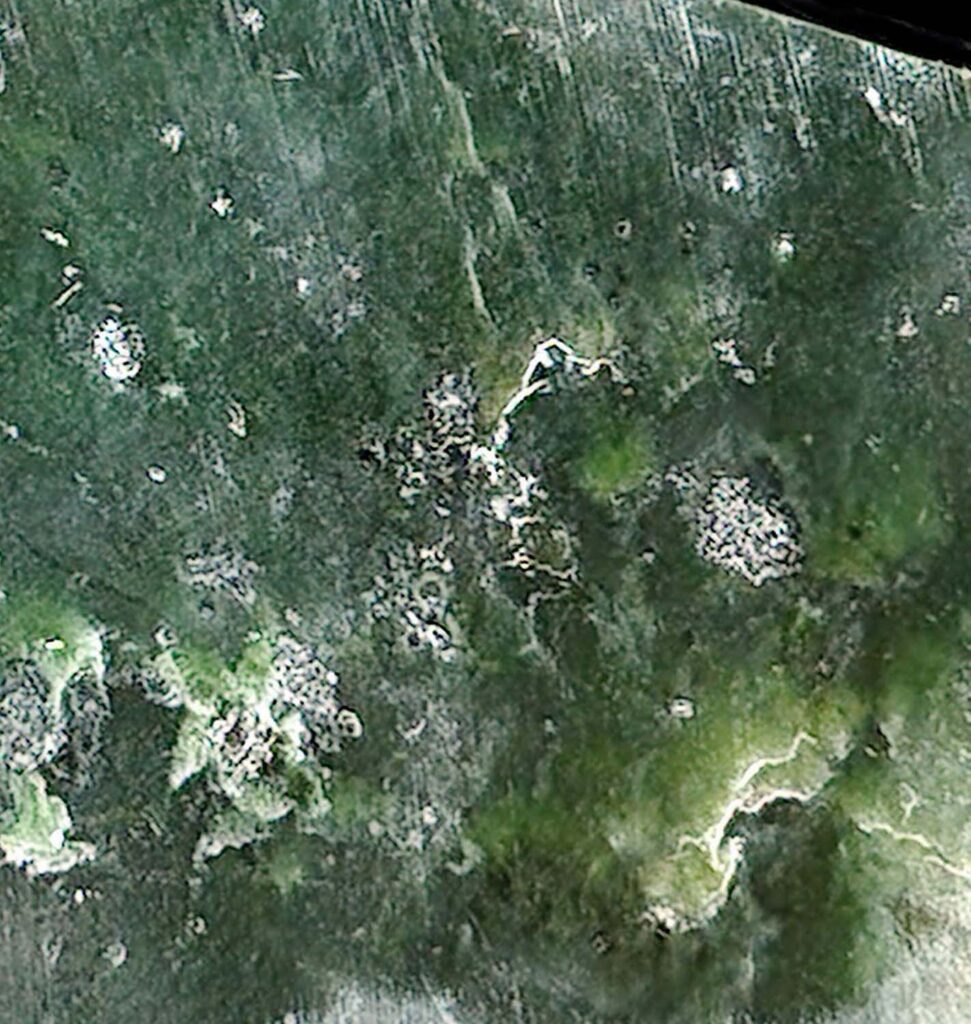
Inanga
Inanga pounamu reflects the delicate beauty and life cycle of New Zealand’s iconic whitebait. This type of greenstone shimmers with translucent, silvery-green tones, sometimes featuring shimmering flecks or soft cloudy patterns. Just as the schools of tiny inanga fish migrate from sea to freshwater, Inanga pounamu holds a unique connection to both the ocean and the rivers, symbolizing transition, abundance, and the interconnectedness of nature’s elements.
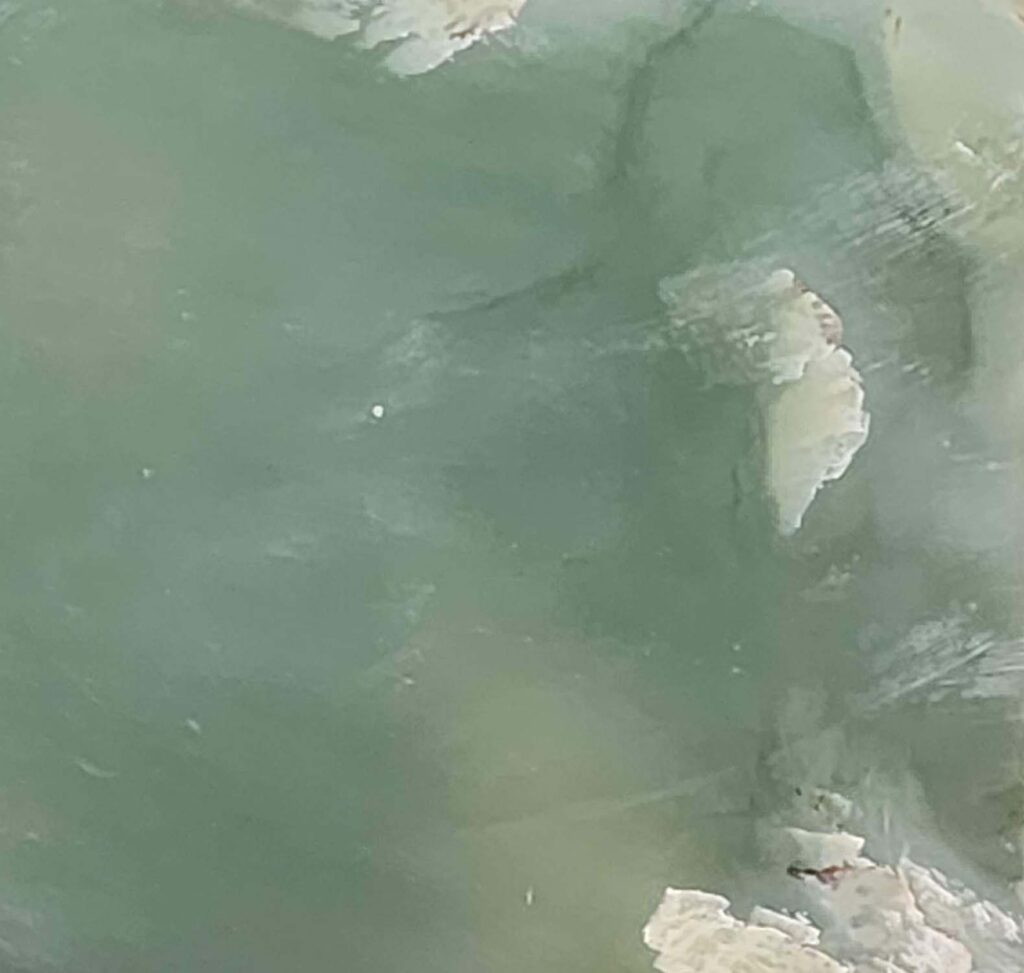
Kahurangi
Kahurangi pounamu, with its name meaning “treasured possession,” is a jewel among New Zealand pounamu. It possesses an unmatched translucency that allows light to dance within its depths, revealing a vibrant, luminous green. Often cloud-like wisps adorn its pure form, a testament to the ethereal quality it embodies. In Māori tradition, Kahurangi was reserved for the most important tools and adornments, making it a symbol of prestige, power, and enduring beauty.

Putiputi – Flower Jade
Putiputi pounamu, also known as Flower Jade, adds a burst of sunshine to the world of greenstone. While its base colour is often a rich green, it is the vibrant flashes of golden yellow, orange, and cream that make it truly distinctive. The name “putiputi” translates to “flower” in Māori, a perfect description for the way these joyful colours bloom within the stone. Found in the Marsden region of New Zealand, Putiputi is a celebration of natural beauty and a stone that adds warmth and radiance to any carving.
Check out this set of Putiputi Taonga Pounamu
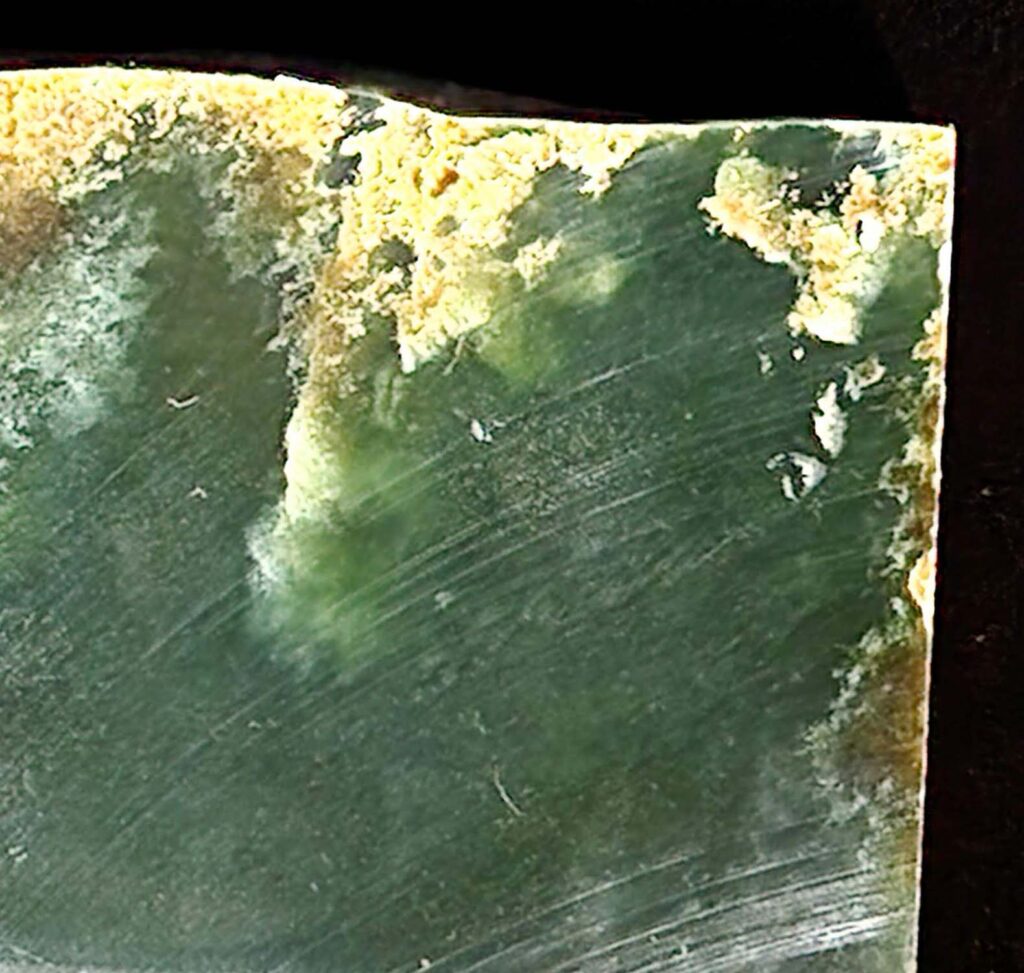
Hapopo
Hapopo pounamu draws its inspiration from the rugged beauty of New Zealand’s South Westland, where it is found near Kā Umu o Hapopo (Big Bay). This variety of pounamu is known for its deep, forest green hues and distinctive mottled patterns. Evoking the dense rainforests and moss-covered rocks of this wild region, Hapopo pounamu exudes an earthy, grounded energy. Its unique texture and rich colouration make it a favorite for carvings that honor the raw power and timeless essence of the land.
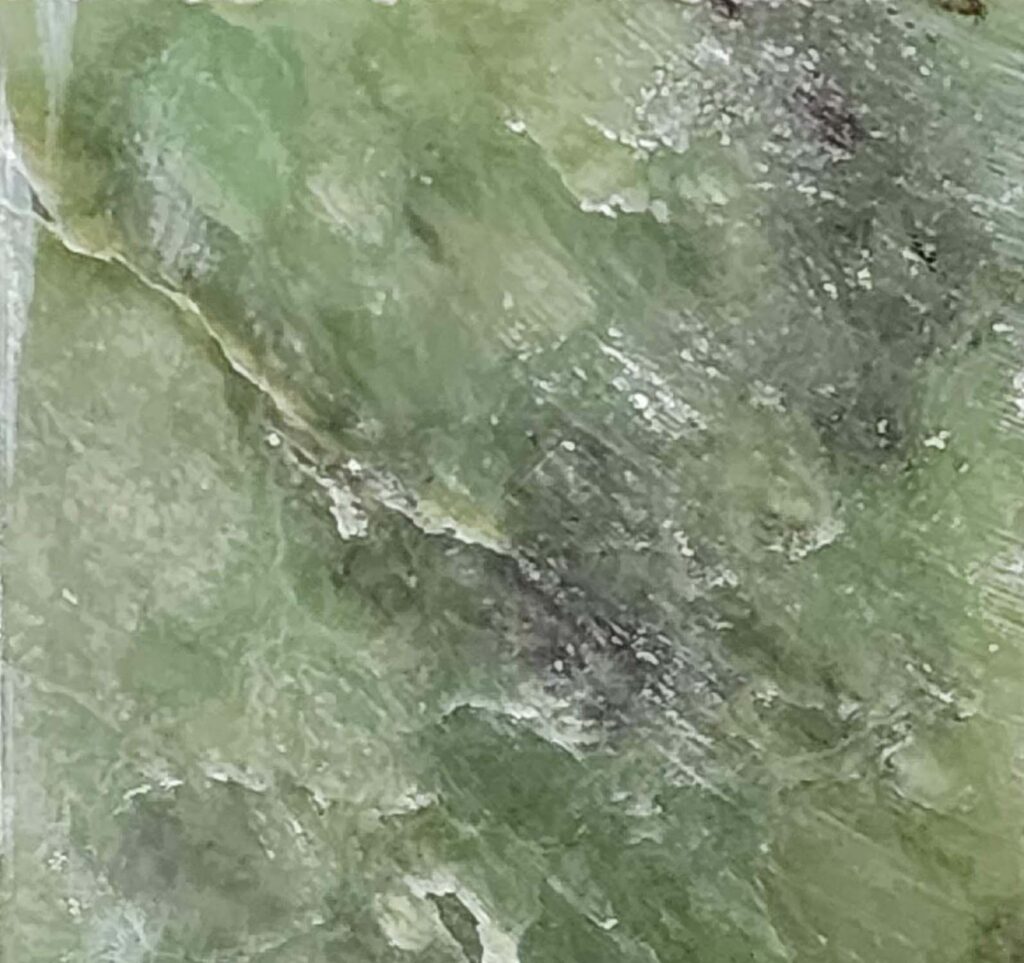
Tangiwai
Tangiwai pounamu, steeped in legend, is a gemstone born from tears. Its name, meaning “water of tears,” references a Māori story of deep love and sorrow. This most ancient form of pounamu boasts a glassy translucence and a cool, ethereal beauty. Its colours range from olive green to a soft bluish-green, creating a mesmerizing depth. Tangiwai, found in the remote Milford Sound region, is a reminder of the enduring nature of love and the precious beauty found in the heart of Aotearoa (New Zealand).
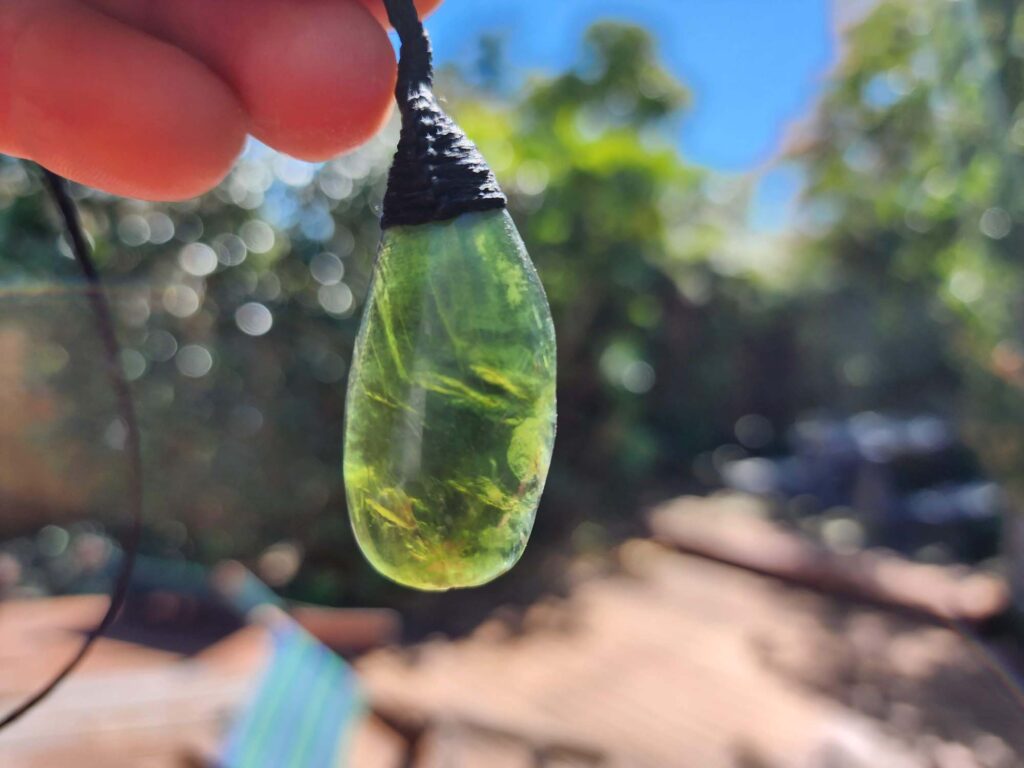
Serpentine
Serpentine is one of the pounamu types that encompasses a stunning array of colours and patterns, making it a vibrant and diverse member of the pounamu family. From deep forest greens and rich olive tones to swirling shades of yellow, brown, and even hints of red, serpentine boasts a unique spectrum of natural beauty. These varying forms were treasured by Māori for their practicality and visual appeal. Serpentine pounamu, while different in composition from traditional nephrite jade, remains a cherished taonga (treasure) of Aotearoa New Zealand.
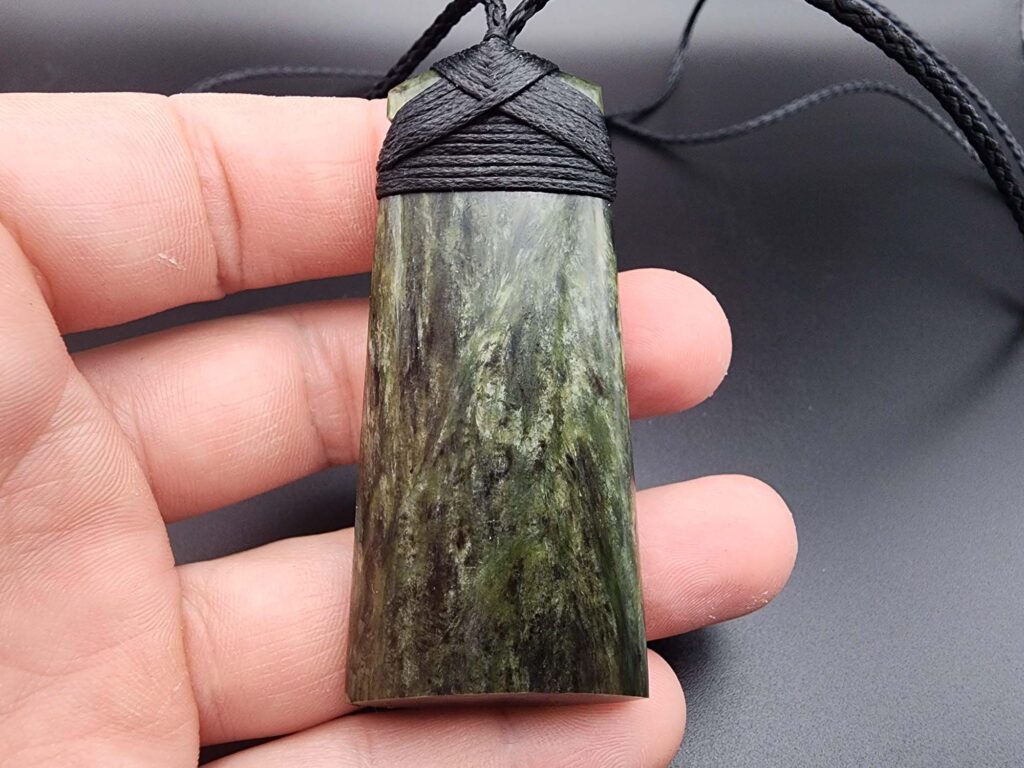
Kōkopu
Kōkopu pounamu takes its name from the beloved native freshwater fish – the kōkopu trout – whose markings it resembles. This distinctive variety of greenstone features a speckled pattern, often with a light green or creamy base colour dappled with darker green or brown spots. The resemblance to the kōkopu fish symbolizes resourcefulness and adaptability. While once less favored, kōkopu pounamu’s striking appearance and connection to New Zealand’s natural world have given it new appreciation as a symbol of beauty and resilience.
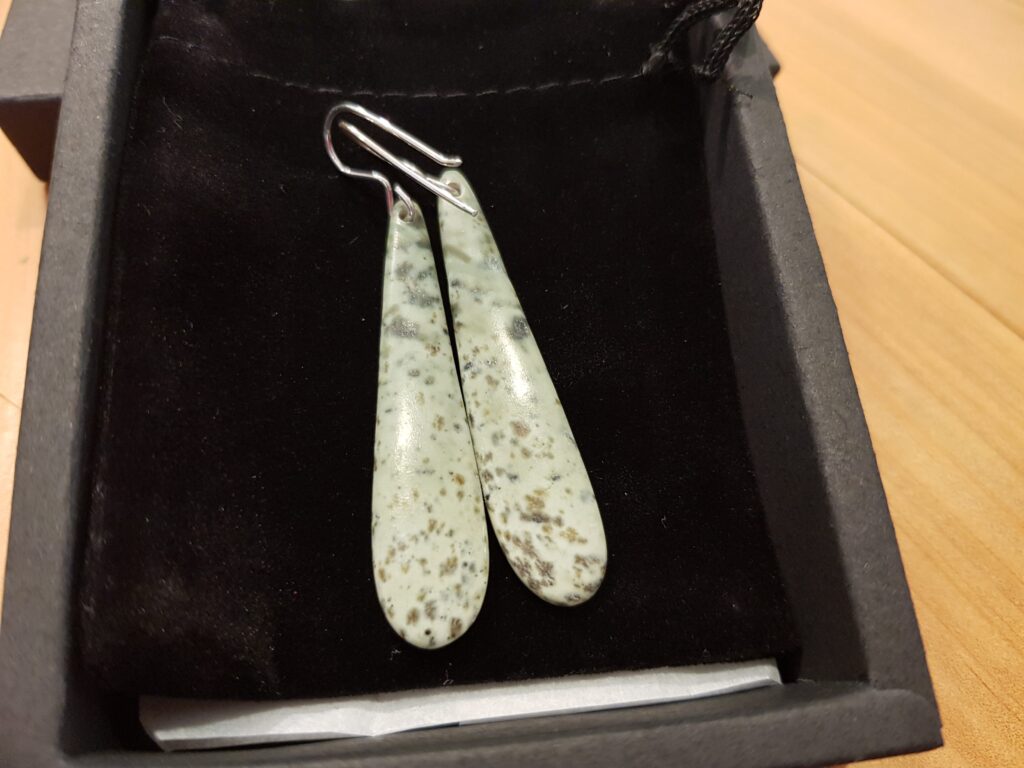
Raukaraka
Raukaraka pounamu boasts a warm, honey-like hue that sets it apart from other varieties of greenstone. Its colour ranges from a soft, creamy yellow-green to a rich, amber tone, sometimes with delicate veins or subtle mottling. Raukaraka possesses a gentle energy that resonates with the nurturing heart of Papatūānuku (Earth Mother). Its unique colouring and soft translucence make it a beautiful choice for carvings that celebrate warmth, kindness, and connection to the land.
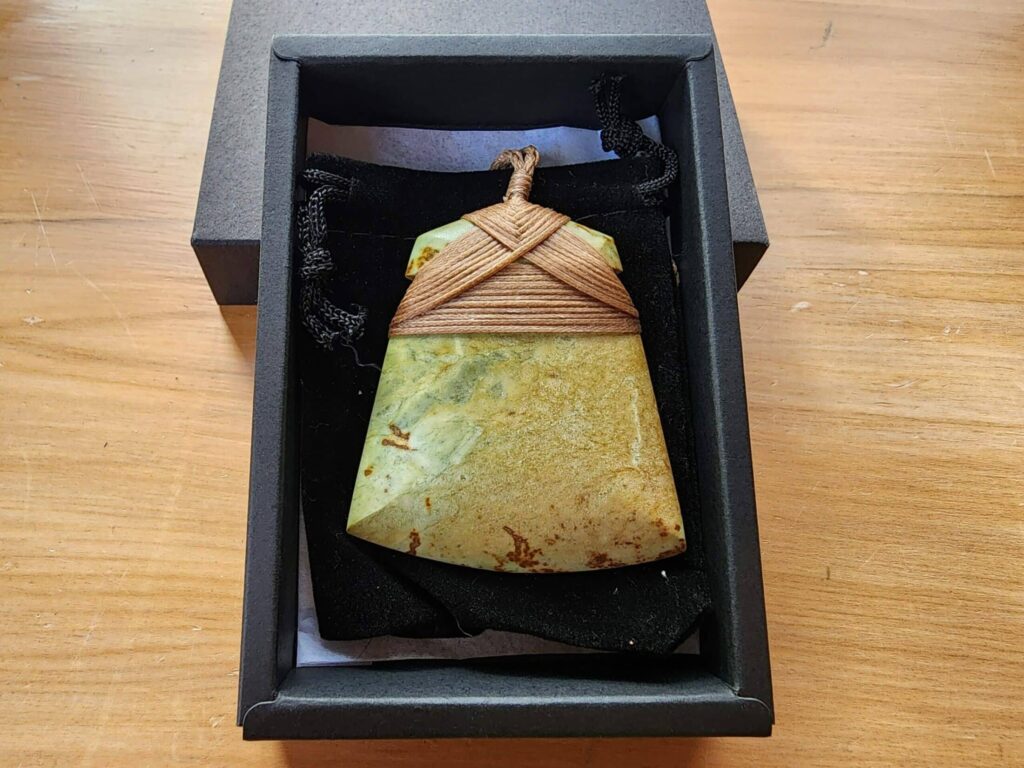
Pīpīwharauroa
While not one of the distinctive pounamu types in itself, the term Pīpīwharauroa describes a beautiful and captivating feature sometimes found within various types pounamu. It references the shimmering bands of colour reminiscent of the shining cuckoo’s plumage. These luminous, often chatoyant streaks of green and white dance across the stone’s surface as it’s moved, creating a mesmerizing effect. Pīpīwharauroa is often found in Inanga, Tangiwai, and darker Kawakawa varieties, adding a vibrant and unique touch to these already beautiful stones.
Totoweka
Totoweka pounamu gets its striking name, meaning “blood of the weka”, from the distinctive flecks of red that streak through its green depths. Traditionally found in South Westland, this greenstone typically features a rich, leafy green base accented with flashes of rusty red or brown oxidization. The unique colouration symbolizes strength and vitality, reminding us of the lifeblood that courses through the natural world. Totoweka’s bold beauty makes it a favorite for carvings that reflect connection to the land, resilience, and unwavering spirit.
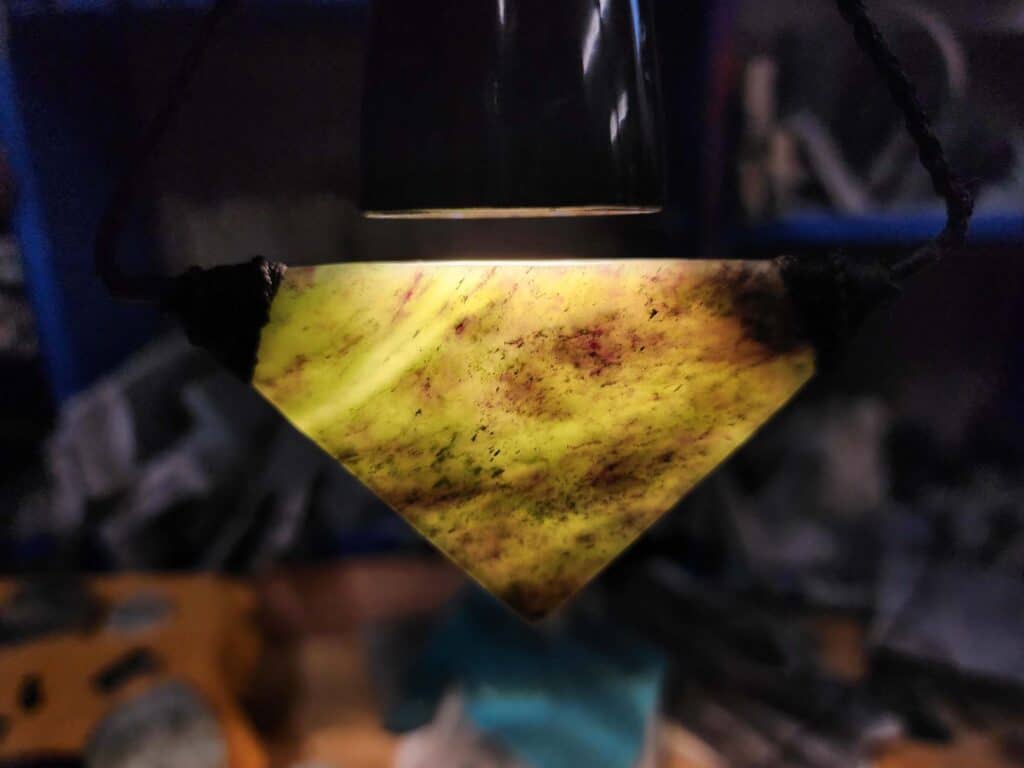
The world of pounamu types holds endless wonder. Whether drawn to the ethereal beauty of Kahurangi, the warmth of Raukaraka, or the unique markings of Kōkopu, may you find a piece that resonates with your spirit and tells its own story. You can find more information at Te Ara.
Please contact me if you have any questions
